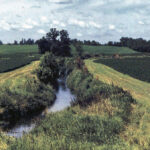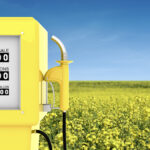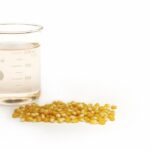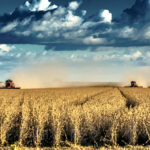
Tag Archives Environment
Richest 20 nations urged to lead on nature protection with more finance
UN report finds wealthiest nations aren’t leading on this important issue

How First Nations priorities are informing novel ag practices
Swan Lake First Nation is a major player in a multi-stakeholder initiative looking for new solutions on land and water management
Comment: Meat and dairy gobble up farming subsidies worldwide
But that’s bad both for your health and the planet’s sustainability

An unfiltered take on riparian areas
Buffer zones aren’t a silver bullet for managing and treating field run-off

Heating homes with canola meal
This byproduct of crushing could soon be replacing coal and natural gas

Canada’s ‘Cinderella crop’ keeps on delivering for farmers
The crop that built a reputation for its high-quality food oil, is expected to see big demand close to home as a low-carbon, renewable fuel

Farming for the climate
U.S. growers embrace cover crops while eyeing low-carbon future

Comment: U.S. biofuel mandate helps farmers, but does little else
Research shows it does little for energy security and harms the environment

Comment: Why carbon capture and storage is key
It will allow us to adapt more quickly and completely, to avoid the worst effects of the climate emergency

Debating carbon decrease priorities
There’s discussion among agriculture organizations on how to measure the sector’s contributions


